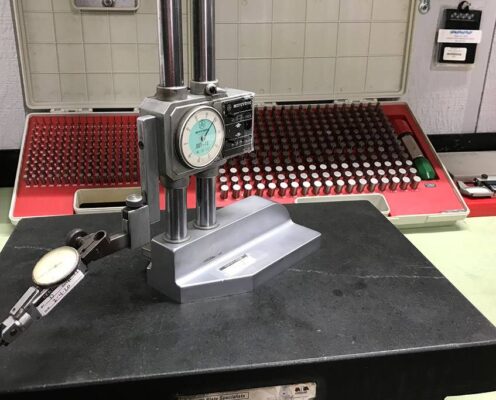Gentzler Tool & Die specializes in form stamping solutions, a critical process in metal forming that shapes and bends metal components with precision. Unlike other stamping methods that rely on cutting or piercing, form stamping reshapes metal through controlled force, ensuring high-strength, complex geometries without compromising material integrity.
Located just south of Akron, OH, in Uniontown, OH, we provide custom form stamping services tailored to automotive, aerospace, medical, and industrial manufacturing applications.


